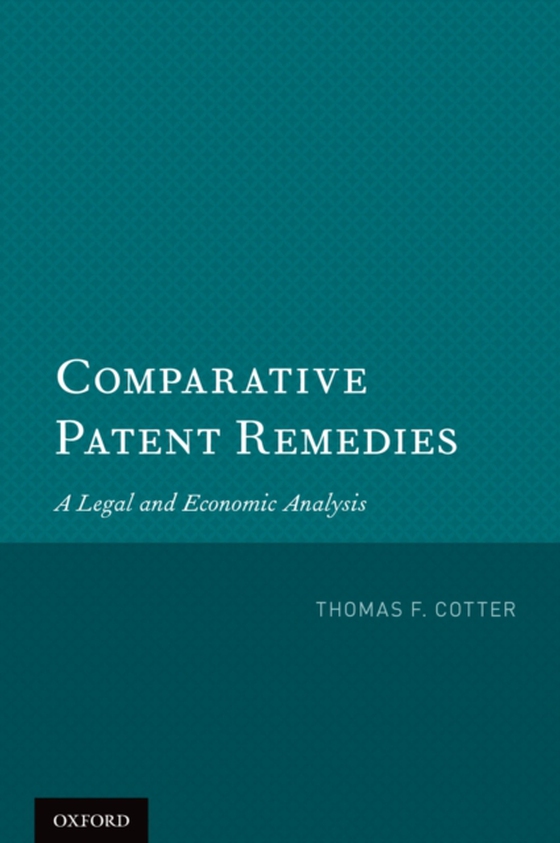
Comparative Patent Remedies e-bog
1240,73 DKK
(inkl. moms 1550,91 DKK)
Nations throughout the world receive more patent applications, grant more patents, and entertain more patent infringement lawsuits than ever before. To understand the contemporary patent system, it is crucial to become familiar with how courts and other actors in different countries enable patent owners to enforce their rights. This is increasingly important, not only for firms that seek to ma...
E-bog
1240,73 DKK
Forlag
Oxford University Press
Udgivet
28 januar 2013
Længde
504 sider
Genrer
Patents law
Sprog
English
Format
pdf
Beskyttelse
LCP
ISBN
9780199967988
Nations throughout the world receive more patent applications, grant more patents, and entertain more patent infringement lawsuits than ever before. To understand the contemporary patent system, it is crucial to become familiar with how courts and other actors in different countries enable patent owners to enforce their rights. This is increasingly important, not only for firms that seek to market their products worldwide and for the lawyers who provide them with counsel, but also for scholars and policymakers working to develop better policies for promoting the innovation that drives long-term economic growth. Comparative Patent Remedies provides a critical and comparative analysis of patent enforcement in the United States and other major patent systems, including the European Union, Japan, Canada, Australia, China, South Korea, Taiwan, and India. Thomas Cotter shows how different countries respond to similar issues, and suggests how economic analysis can assist in adapting current practice to the needs of the modern world. Among the topics addressed are: how courts in various nations award monetary compensation for patent infringement, including lost profits, infringer's profits, and reasonable royalties; the conditions under which patent owners may obtain preliminary and permanent injunctions, including cross-border injunctions in the European Union; the availability of various options for potential defendants to challenge patent validity; and other matters, such as the availability of criminal enforcement and border measures to exclude infringing goods.
 Dansk
Dansk

